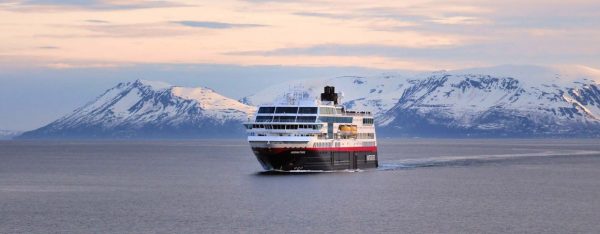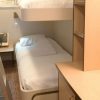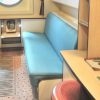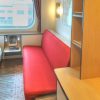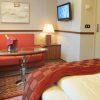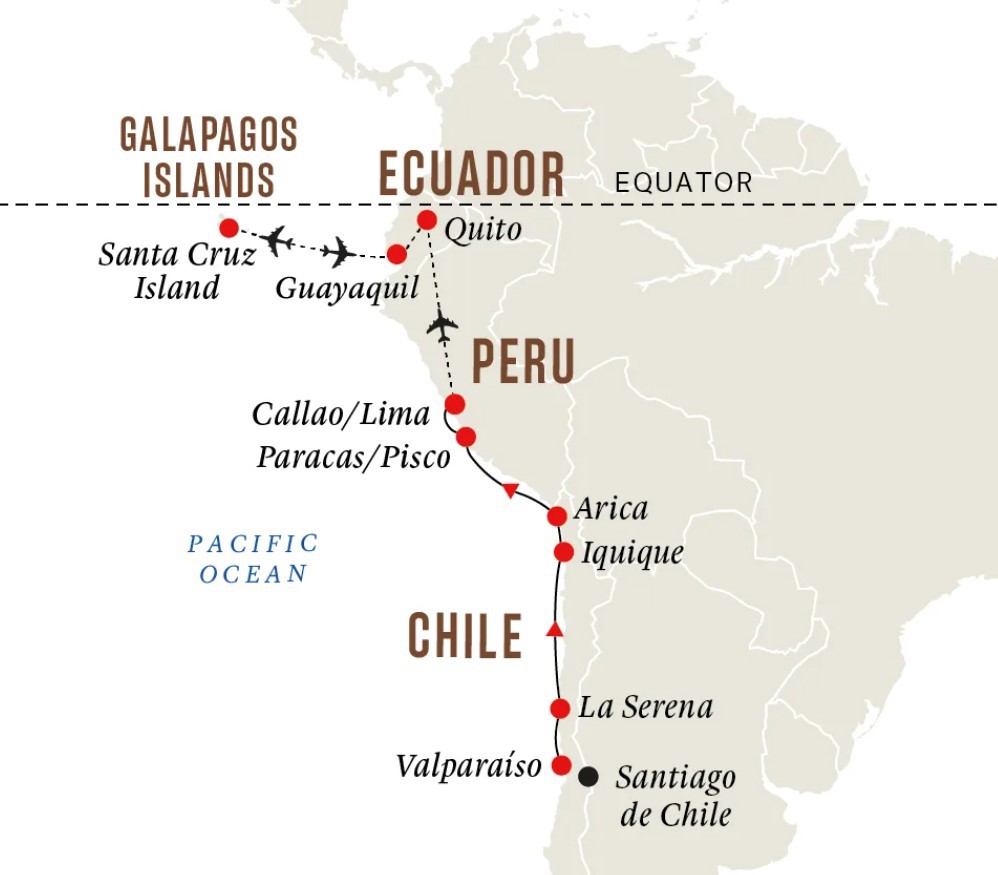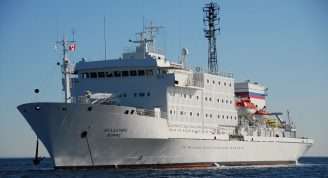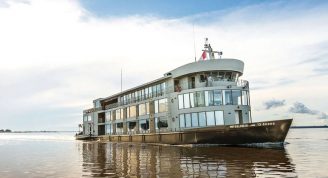Description
The vibrant cities of South America
Your adventure begins in Valparaíso, where you board hybrid-powered MS Roald Amundsen. We’ll sail the Chilean coast, stopping at laidback La Serena and the seaside city of Iquique, which both have great beaches and architecture. Next up is Arica with its desert climate and then the reddish-brown cliffs of Paracas in Peru. You’ll disembark in Lima and fly to the Ecuadorian capital of Quito. Here, you’ll explore the UNESCO-listed colonial quarter and visit a museum right on the Equator.
Wildlife beyond compare
After your second night in Quito, you’re off to the Galápagos Islands, known throughout the world for its wondrous and biologically diverse flora and fauna. You’ll arrive at Puerto Ayora on Santa Cruz Island, site of the Charles Darwin Research Station and home to different species of giant land tortoises. The next two days are packed with adventure as you explore two more islands in the archipelago, discovering unique wildlife like land iguanas, blue-footed boobies, and the many finches that inspired Darwin’s theory of evolution based on natural selection.


